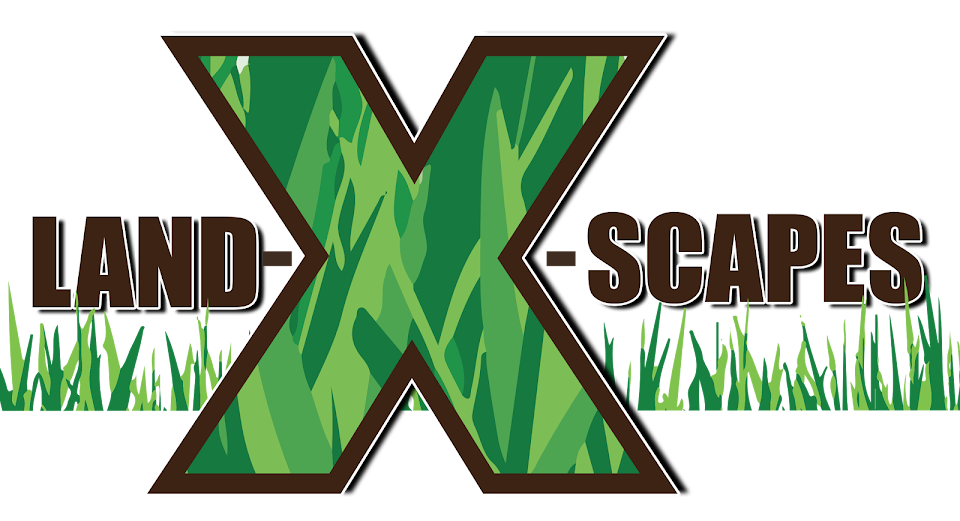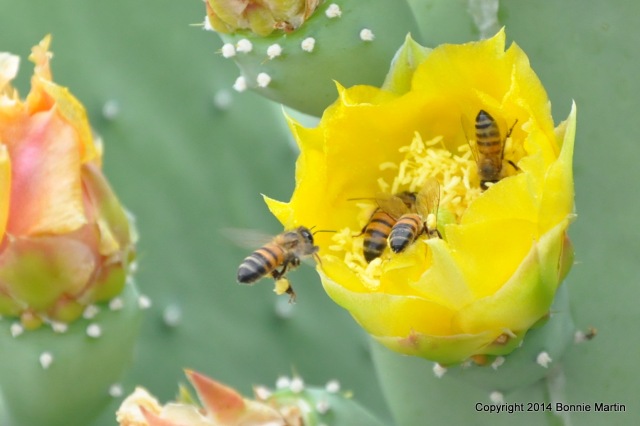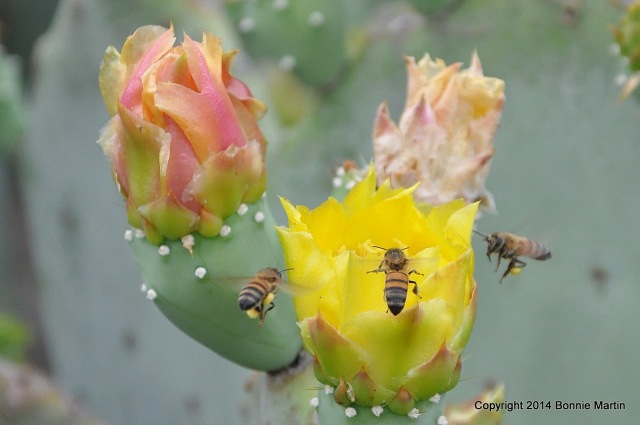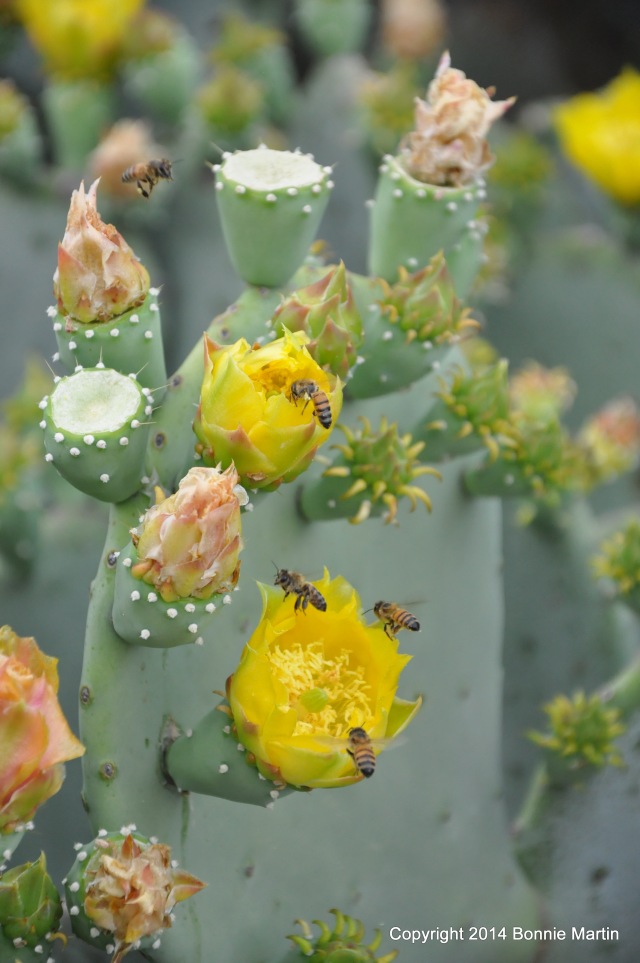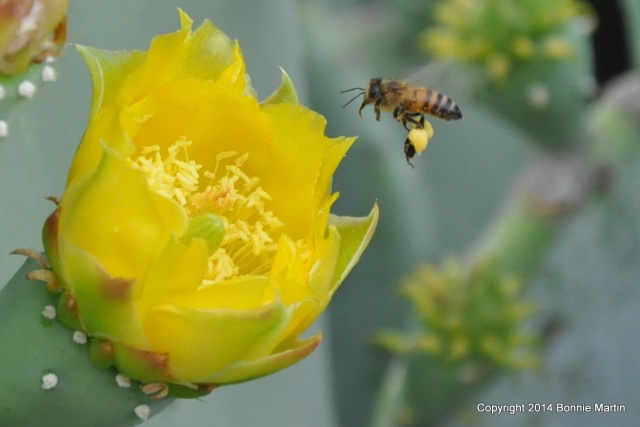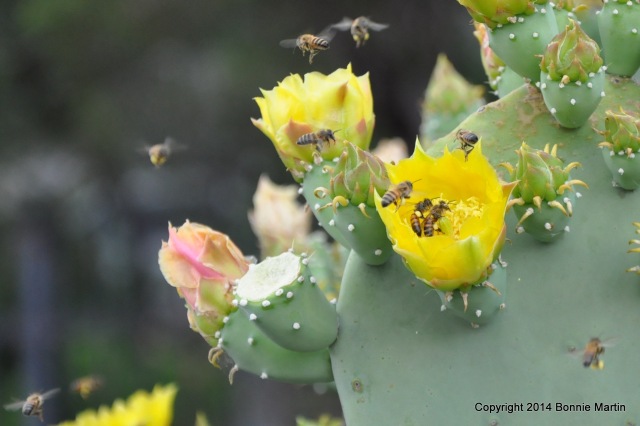PREVENTING YARD WARS! BOUNDARY IDEAS WHEN PHILOSOPHIES DIFFER
For the most part, neighbors plant & mow the same types of grass. They don't often care where their yard stops and the other begins.
But what if you don't have the same ideas about gardening?
Here are some neighborhood yards and gardens that conjure up some interesting solutions.
This gardener used black star gravel and a metal border. To prevent gravel from becoming a problem for the neighbor's lawnmower, they then cleverly transitioned to a black mulch!
I'm not sure I like the stark all-gravel look with a bungalow, but never mind.
These two neighbors have a dramatically different philosophy!
To solve the problem and keep the gravel in its place, they've used landscape bricks and a metal runner.
Note: The nut sedge has already decided to live in the gravel. (Mother Nature hates a void.)
It pains me to admit that one of my neighbors in the next block has a fake yard. You are looking at St. Augustine grass on the left and the fake yard on the right. The concrete divider comes standard with the fake grass. By the way, studies have found that the fake grass heats up about the same as concrete sidewalks. I've not tested the theory, so let's move on.
The family on the left wanted to plant natives and do away with part of their lawn. Landscape bricks separate their planting from the St. Augustine lawn next door. I liked this idea so much that I borrowed it for my own border problems (which I'll show you at the end of the post).
A small ditch separates these two different mowing philosophies; longer grass on the left and shorter grass on the right.
Both are St. Augustine grass.
Three of the newest homes have Bermuda grass lawns.
I personally do NOT like this type of grass since it is much more difficult to maintain. As you can see on the left, weeds are a constant battle. If you are next to a standard St. Augustine lawn, you'll need to install a metal strip to prevent the lawns from battling for supremacy.
Another example. St. Augustine grass on the left and low cut Bermuda grass on the right.
Nothing divides these two types of grasses and this could lead to problems.
Bermuda grass is on the left and something new is on the right. I'll check back in a couple of months to see what happens.
If both houses have no lawn and lots of shade, homeowners like this one plant under story shrubs in a shared bed (left side). The right side of the property has a fence, then gravel next to the sidewalk. I like when neighbors work together. It looks like one endless garden.
***
I hope you NEVER have to face a boundary problem between you and your neighbor.
But if you do, hopefully this post will offer some solutions to keep the peace.
